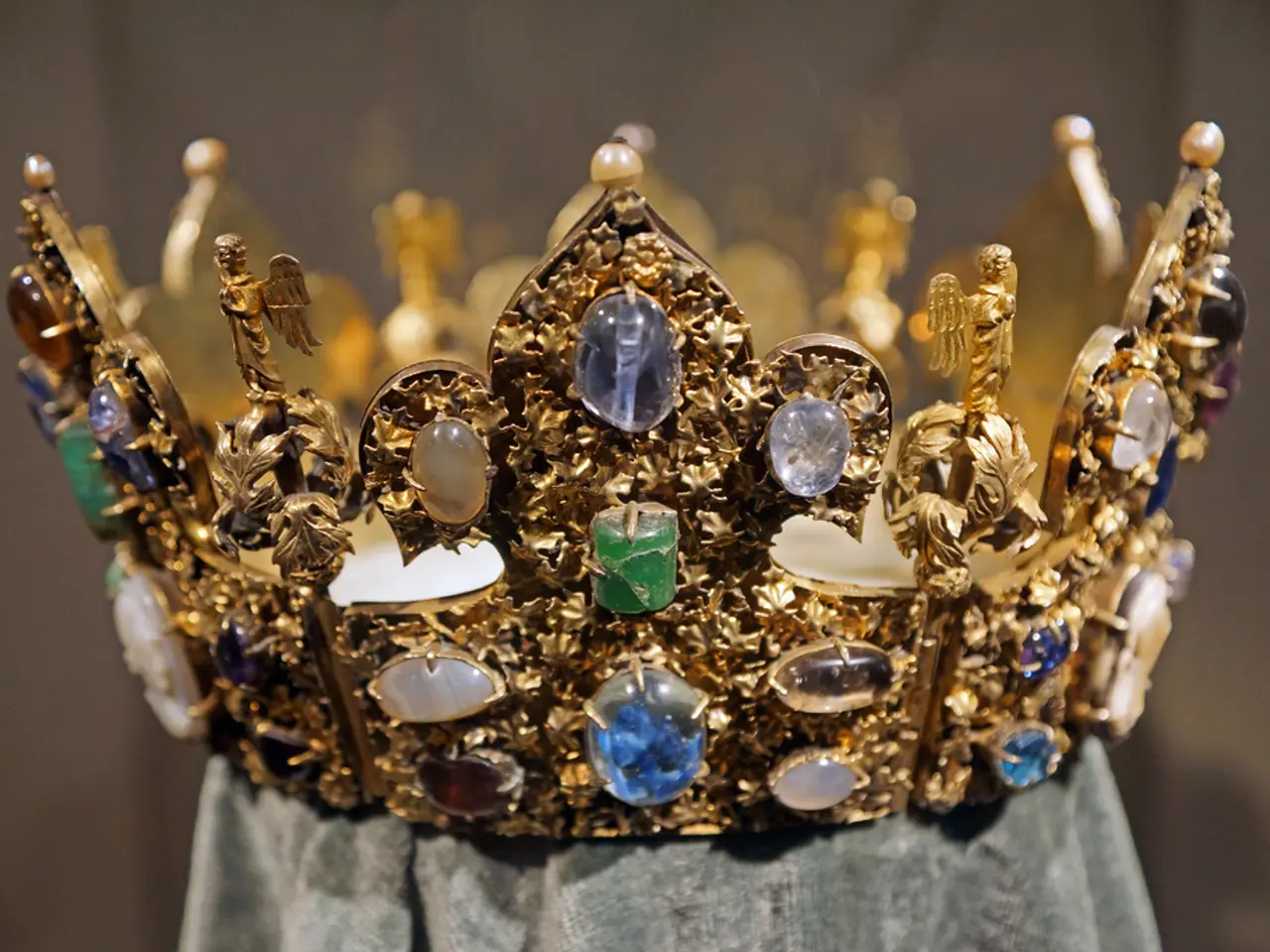Platinum vs White Gold: A Guide to Choosing Your Perfect Jewelry
Gold and Platinum: Choosing the Suitable Metal for You
When it comes to choosing the perfect piece of jewelry, the decision often boils down to two popular options: platinum and white gold. Both metals have their unique qualities, and understanding the key differences can help you make an informed choice.
Durability
Platinum, a naturally dense and durable metal, develops a soft patina over time rather than wearing away. It retains its structural integrity longer, making it more secure for settings, especially in engagement rings and heirloom pieces. On the other hand, white gold is harder initially but wears down over time as its rhodium plating wears off, revealing a slightly yellowish tint.
Maintenance
Platinum requires occasional polishing but no plating, developing a patina over time which many treasure. This hypoallergenic metal is less maintenance-intensive compared to white gold, which needs regular rhodium plating (roughly every 1-3 years) to maintain its bright white finish.
Price
Platinum is more expensive due to its rarity and density. It costs 40-50% more than white gold. White gold, typically made of a 75% gold alloy with metals like palladium or nickel, is more budget-friendly.
Long-term Investment
Platinum holds its value well due to its purity, rarity, and durability. The patina can be polished back without metal loss. In contrast, the value of white gold depends on its gold content, and the rhodium plating does not add value. It requires upkeep to maintain its appearance.
Additional Details
- Platinum is about 95% pure, requiring no plating to achieve its look, whereas white gold is yellow gold alloyed with white metals and coated with rhodium for its white appearance.
- With wear, platinum's surface metal is displaced rather than lost, making it more secure for settings over time. White gold’s rhodium plating wears off with time, requiring replating to maintain brightness.
- For those with skin sensitivities, platinum is hypoallergenic, especially compared to white gold which can contain nickel causing allergic reactions.
- While white gold’s initial scratch resistance is better, over long-term use, platinum is preferred for its structural endurance and the patina many owners appreciate as "memories written in metal."
In summary, platinum offers superior long-term durability, lower maintenance, higher upfront price, and better value retention, making it ideal for significant, long-lasting jewelry. White gold is more affordable and initially harder but needs periodic plating and may cause allergies in some, making it a practical choice when budget is a key factor.
Key Points
- Platinum is denser, weighs more, and is naturally white (95% pure), requiring no plating.
- Platinum develops a patina over time, which many treasure, and is hypoallergenic.
- White gold is an alloy of yellow gold with white metals like palladium or nickel, covered with rhodium plating to achieve its bright white color.
- Platinum's maintenance primarily focuses on cleaning rather than restoration.
- Rhodium plating in white gold typically lasts 1-2 years with normal wear.
- Annual professional cleaning and inspection are recommended for both platinum and white gold jewelry.
- Platinum is more durable and requires less maintenance than white gold.
- White gold needs periodic maintenance to maintain its appearance, with the replating process adding to cost and effort.
- The rarity of platinum makes it more valuable.
In the realm of jewelry, technological advancements have played a significant role in maintaining the bright white color of white gold through rhodium plating, just as fashion-and-beauty trends influence the desire for such a finish. Meanwhile, home-and-garden enthusiasts might find parallels between platinum's timeless durability and their everlasting outdoor elements, such as a sturdy garden sculpture or a lasting piece of furniture. Over time, both platinum and white gold require maintenance, but the material choices reflect different lifestyles - opting for platinum represents a preference for quality, long-term investment, and a love for patina, whereas white gold resonates with budget-conscious individuals who seek a more wallet-friendly option with regular maintenance requirements.




